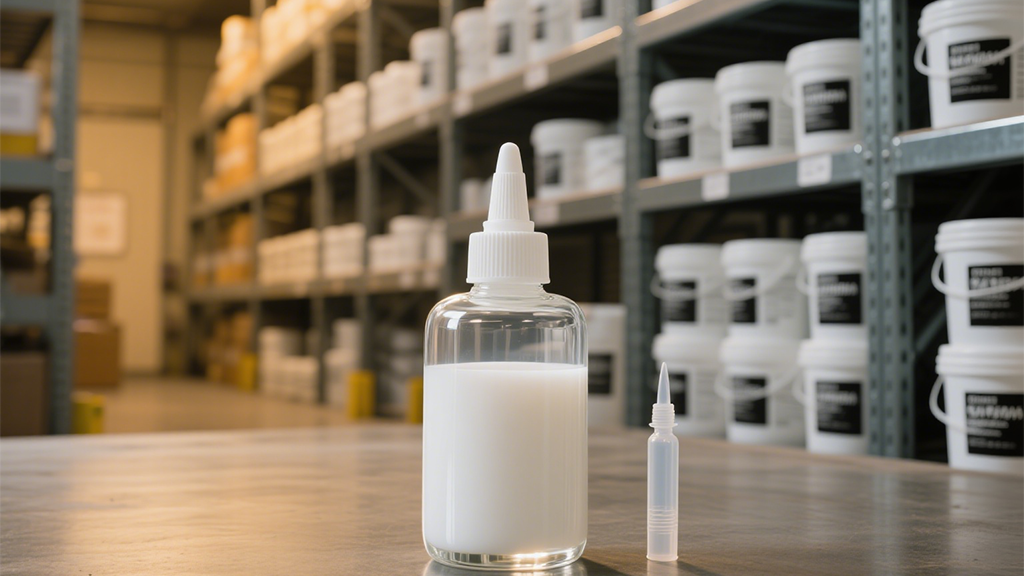Waterbased acrylic PSA storage conditions are critical for maintaining adhesive performance, stability, and shelf life, with specific guidelines to prevent degradation, separation, or viscosity changes that could compromise usability. The adhesives should be stored in tightly sealed, original containers (preferably stainless steel or HDPE) to prevent evaporation of water and contamination from dust, dirt, or airborne chemicals. Temperature control is key: optimal storage is between 5-35°C (41-95°F), avoiding extreme cold (which can cause freezing and emulsion breakdown) or heat (which accelerates microbial growth and chemical reactions, leading to yellowing or viscosity increase). Freezing must be strictly avoided, as it can rupture emulsion particles, resulting in irreversible separation and loss of adhesive properties; if accidental freezing occurs, the adhesive should not be used, even if thawed. Storage areas should be dry and well-ventilated to prevent condensation on containers, which can introduce moisture and dilute the adhesive. Adhesives should be stored away from direct sunlight and UV light, which can cause crosslinking and hardening over time. Inventory management follows a first-in, first-out (FIFO) system to minimize storage time, with typical shelf life ranging from 6-12 months under optimal conditions, depending on formulation (e.g., presence of biocides). Before use, stored adhesives should be inspected for signs of degradation (separation, foul odor, unusual viscosity) and gently mixed (if necessary) to restore homogeneity, avoiding high-shear mixing that could damage emulsion particles. Proper storage practices, as outlined by manufacturers like E Plus Chemical Co., Ltd., ensure that waterbased acrylic PSAs retain their tack, adhesion, and cohesion properties, supporting reliable performance in applications like packaging, labeling, and medical tapes.
